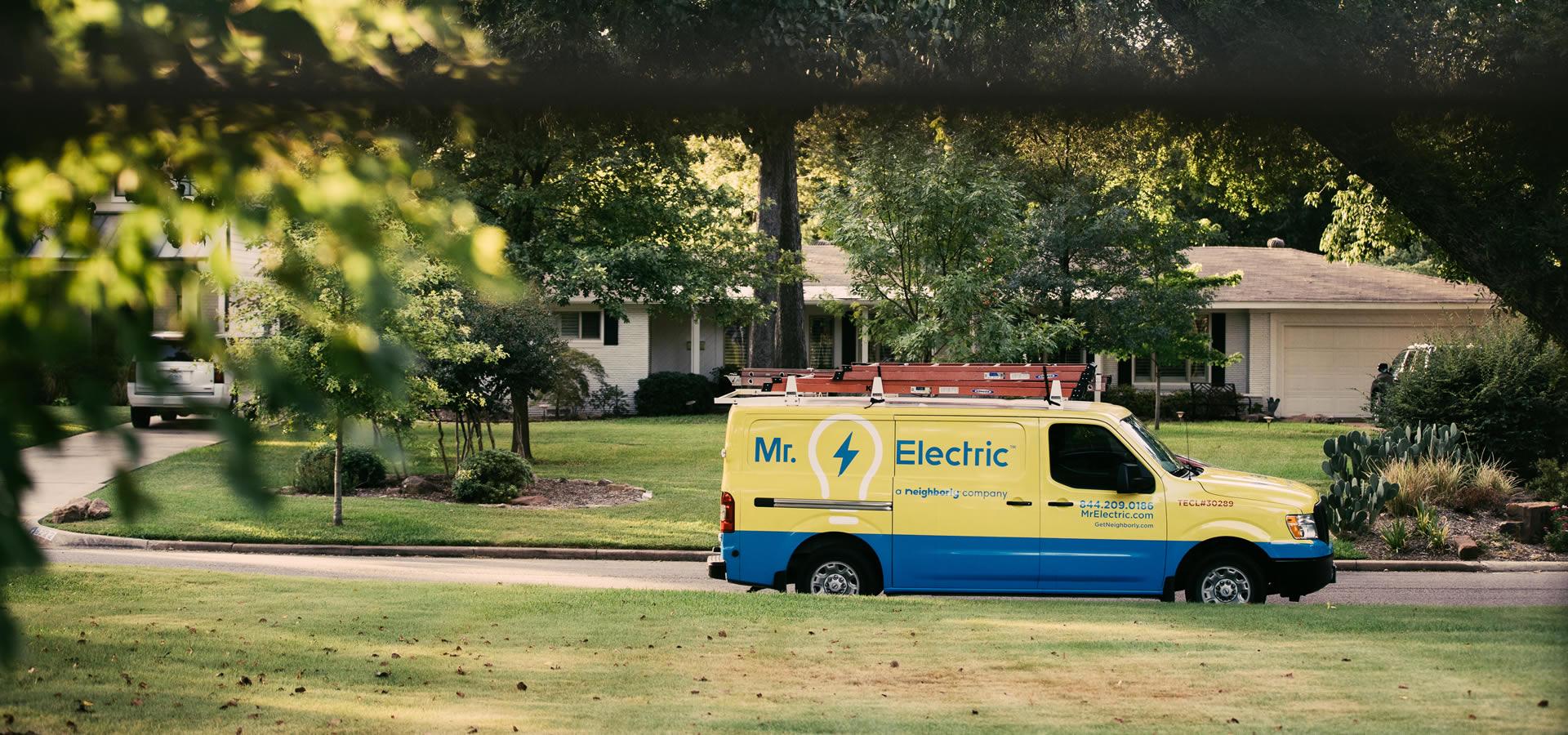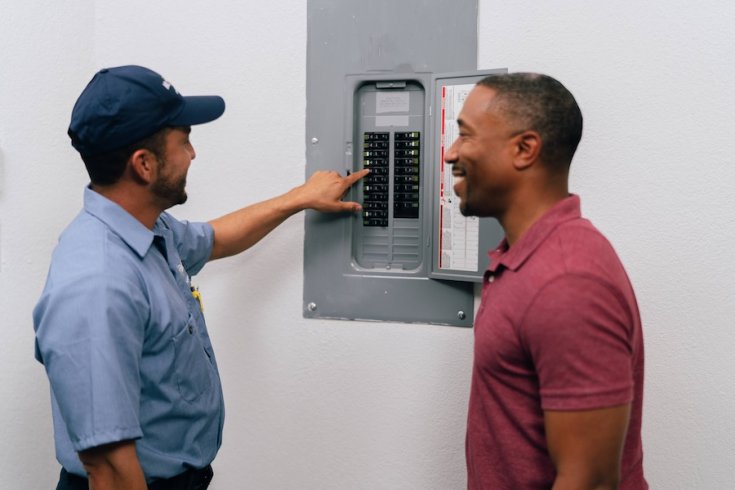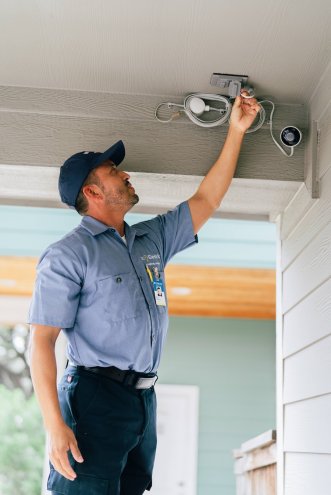Are GFCI Outlets Required in Bathrooms?
Since 1975, it has been required that bathrooms have GFCI outlets installed. A GFCI, or a ground fault circuit interrupter, is used to regulate the flow of electricity. If there is an imbalance and a surge of electricity flows through at once, it can stop the current and save you from electrical shock. If your home was made before 1975, you likely will need an electrical outlet replacement. Read more to learn about where you need GFCI outlets installed and how to use them.
Guidelines
According to the National Electric Code, you need at least one GFCI outlet per bathroom. That’s the minimum, but two to three GFCI outlets are recommended. Keep in mind that if you have only one, it needs to be wired to protect all other outlets that are in the same circuit. Water and electricity is a dangerous combination, and you’ll find plenty of water in bathrooms, which is why it’s important to secure your safety. An electrical outlet replacement or upgrade should be done by a professional electrician.
How to Get GFCI Protection
There are a few different ways you can install GFCIs into your home. You can always go and install a GFCI replacement for every outlet in the restroom, but there are easier and more effective ways.
One way is to install a GFCI circuit breaker in the electrical panel to control the power source circuit, which should be committed to the restroom to fulfill the code prerequisites. When the breaker is set up, you can introduce standard 20-amp outlets in the restroom, and they will all be GFCI safeguarded by the breaker.
Another way is to find the restroom outlets that are daisy-chained together, and if you can find the first in the chain, which might possibly be nearest to the electrical board, you should simply supplant that outlet with a GFCI. That outlet will then safeguard every one of the outlets that come after it in the circuit.
How to Install a GFCI Outlet
- Find the circuit breaker and turn off the power. Test the outlets with a voltage tester to make sure the power is turned off.
- Disconnect the hot and neutral wires from the incoming and outgoing wires and label them. If you’re not sure which is which, turn the breaker back on, test the wires with a voltage tester, label them, and turn the breaker back off.
- GFCI outlets don't have push-and-lock openings, so you need to wrap each wire clockwise around the related terminal screw and fix the screw with a screwdriver. Hot wires, which are black, red, or blue, consistently append to metal screws and neutral wires, which are white or gray, join to chrome ones.
- Join the ground wires connecting to the outlet with pliers. Leave one wire longer than the other to wrap it around the ground screw clockwise.
This task is meant for qualified professionals, so let an electrician do the GFCI installation. It’s always good to learn about the task even if you’re not the one who’s doing it though. If you need to install a GFCI outlet, call Mr. Electric.







